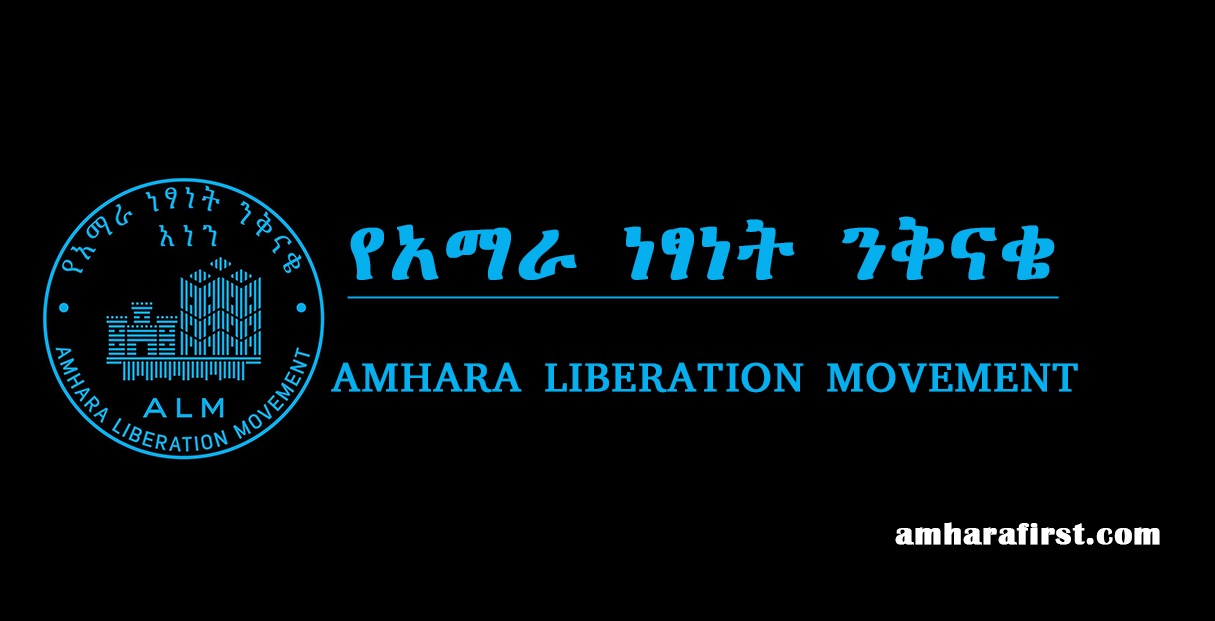From Classic Wars to Hybrid Warfare
Raymond Ridderhof on 27 July 2017 https://peacepalacelibrary.nl/blog/2017/classic-wars-hybrid-warfare: accessed by ALM
Abstract
Thinking about wars people used to see battlefields with tanks, trenches, armies with conventional weapons, uniformed soldiers under strict hierarchical military command structure (‘Befehl ist Befehl’). Wars between nation-states were waged conform international (humanitarian) law (Geneva Conventions 1949), in line with Clausewitz’s military theories. However, the concept of warfare is changing rapidly. The war of the Western coalition against Islamic State for instance, is an asymmetrical conflict. If all the jihadi’s would be competing with all Western allied forces on one battlefield, the battle would be over in no time. That’s why Islamic State uses insurgency and hit and run guerrilla-tactics, avoiding army-to-army confrontations.
This blog is about the differences between hybrid and classic warfare.
Hybrid Warfare
The term ‘hybrid warfare’ appeared at least as early as 2005 and was subsequently used to describe the strategy used by the Hezbollah in the 2006 Lebanon War. Since then, the term “hybrid” has dominated much of the discussion about modern and future warfare. Frank Hoffman defines hybrid warfare as: “Any adversary that simultaneously and adaptively employs a fused mix of conventional weapons, irregular tactics, terrorism and criminal behavior in the battle space to obtain their political objectives.”
Hezbollah emerged in the early 1980s in response to Israeli occupation of Lebanon. From modest beginnings as a paramilitary resistance movement, Hezbollah has evolved to become a sizeable and powerful organization with a large military wing. Hezbollah was among the first modern so-called ‘terrorist’ organizations to recognize the utility of blended tactics. During the second Lebanon war of 2006, Hezbollah’s distributed cells were often able to repel sophisticated Israeli Army forces by using a mixture of guerilla tactics and modern weaponry.
If Hezbollah provides the classic example of a hybrid threat, it is worthwhile to compare the activities of the Islamic State. Scott Jasper and Scott Moreland have expanded the definition of hybrid warfare: “hybrid threats simultaneously and adaptively employ a fused mix of conventional weapons, irregular tactics, weapons of mass destruction, terrorism, cyber attacks, and criminal behavior, supported by a malicious information campaign.”
Islamic State
Islamic State makes powerful use of professionally developed propaganda films to illustrate their resolve and depict their fighters as heroes. Foreign fighters, including North Americans and Europeans, are often radicalized through sophisticated web-based campaigns. When a jihadist with a British accent beheads an innocent journalist or an American citizen-turned-insurgent is killed in Syria, it is hard not to recognize the Islamic State as an internationally relevant organization.
Islamic State shows a complete disregard for internationally accepted laws and universal human(itarian) rights. Mass executions of minority groups have become distressingly commonplace. In one tragic example, after the Islamic State captured the city of Sinjar in northern Iraq, they massacred up to 500 Yazidi civilians and enslaved some 3000 Yazidi women. IS brazenly advertises atrocities as a tactical deterrent. Once it seizes territory, the IS imposes order through violent oppression and terror. Islamic State extremists use loose interpretations of the Koran to justify cold-blooded massacre of innocents, criminal extortion, and torture in their bid to establish a transnational Islamic caliphate under a distorted rendition of Sharia law. Some of the jihadi’s long for a global hegemony of the islam. Islamic State is still a formidable threat.
Classic wars versus hybrid warfare
World Wars I en II are perfect examples of classic wars: battles between (a coalition of) nation-states fought by uniformed soldiers under strict hierarchical military command following a military strategy to fight clear and present military targets, conform international humantarian law, ius ad bellum and ius in bello or laws of war (Geneva Conventions 1949).
Hybrid soldiers are no longer trained by the nation-state nor paid professionals, but are recruited from all over the world. Roots and military experience are irrelevant. The strict hierarchical military command structure has been replaced by loose, flexible and everchanging networks of freelancers, individual combatans (‘lone wolfs’) or terrorist cells. You can call it the democratization of war. A civilian, combatant or cell has to follow orders of the leader or is free to commit an ‘act of war’ on his/her own, shouting ‘Allahu Akbar’. Military targets have changed too. The protection of the civilian population is not important anymore. Military targets are civilian targets too: IS uses human shields to defend their combatants in the streets of Mosul.
Classic wars end with a total victory, an unconditional capitulation or a peace agreement. At what point does a hybrid conflict end? Hybrid warfare needs a new definition of victory. In fact, a total victory over Islamic State might be an illusion. The best the West can do is to diminish the violence to acceptable proportions. How much violence will be tolerated in a society still worth living in?
BIBLIOGRAPHY MANUALLY
- Chinkin, C. and Kaldor, M., International Law and New Wars, Cambridge, United Kingdom, Cambridge University Press, 2017. [e-book]
- Clausewitz, C. von, On war (ed. and transl. [from the German] by Michael Howard and Peter Pare), Princeton, NJ, Princeton University Press, 1984.
- Goertz, S., “Der ‘Islamische Staat’ und seine asymmetrische Strategie gegen westliche Demokratien”, S+F: Vierteljahreszeitschrift für Sicherheit und Frieden, 35 (2017), No. 1, pp. 29-33.
- Schroefl, J. and Kaufman, S.J., “Hybrid Actors, Tactical Variety: Rethinking Asymmetric and Hybrid War”, Studies in conflict and terrorism, 37 (2014), No. 10, pp. 862-880.

